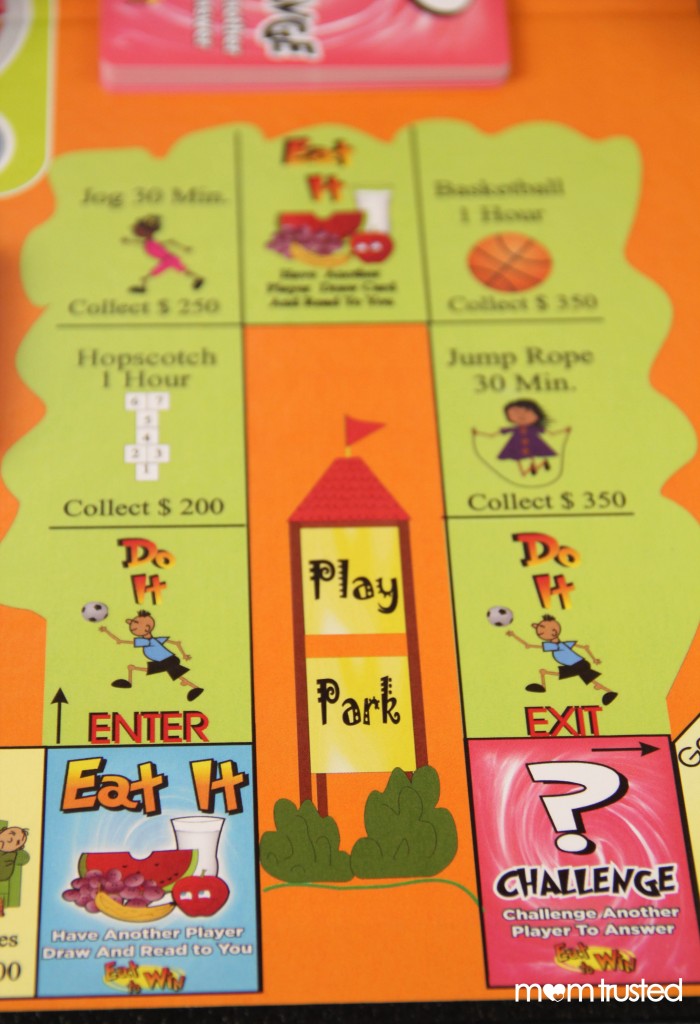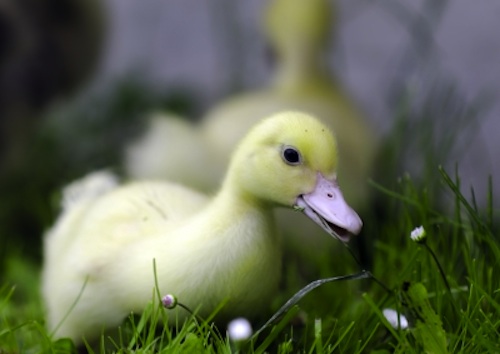Keeping the Bugs at Bay: How to Keep Kids Safe from Bug Bites
Even though they’re small, bug bites can be a big problem. Not only are they downright annoying, but some insect bites bring dangerous diseases. Mom Trusted is here to break down different insects and their danger factors. Plus, we’ll tell you how to keep them away from your little ones. Here are a few tips on how to keep kids safe from bug bites:
Mosquitos:
These buggers are drawn to human breath and sweat, making children running around outdoors the perfect targets. Over time, our bodies begin to desensitize to the bites so kids are more likely to have worse reactions to mosquitos.
Risks: At best, mosquito bites are annoying and itchy. At worst, the insects can carry serious diseases such as malaria, West Nile virus and yellow fever. If you suspect any of these, see a doctor immediately.
Prevention: There are a variety of repellents available to keep mosquitos at bay. Always avoid DEET-based products on babies under six months old. If you do use DEET, or a repellent containing Picaridin, on your kids, make sure not to spray any on their hands or faces.
Treatment: Apply an anti-itch cream to help keep kids from scratching. Remind them that the more they scratch, the itchier the bite will get.
Ticks:
Ticks are gross parasites that attach to humans and survive by sucking their blood. They’re most common in heavily wooded areas and places with tall grass. Animals are also often tick carriers. Two of the most common types include wood ticks and deer ticks.
Risks: Wood ticks are much larger than deer ticks, but are not as likely to carry harmful diseases. Ticks of all kinds can carry several types of diseases including lyme disease, Babesiosis, Tularemia and Rocky Mountain Spotted Fever. If you or your kids start feeling achy, feverish or develop a rash after a tick bite, see a doctor right away.
Prevention: Cover your kids’ legs and ankles with pants and long socks when they’re playing in tall grass and heavily wooded area. DEET-based insect repellents also protect against ticks, but should not be used on babies.
Spiders:
A variety of spider bites can be very dangerous. The black widow, brown recluse and hobo spiders are all venomous ones that live in the U.S.
Risks: Black widows’ two-puncture bites release a venom that spreads pain to the victim’s chest, stomach and throughout the entire body in some cases. The venom from a brown recluse begins to kill the skin, which is why some refer to it as “flesh-eating.” Hobo spiders’ bites turn into slow-healing wounds over time. Head directly to the doctor’s office if you spot any of these symptoms.
Prevention: Spiders love to hide in quiet, undisturbed areas in both the woods and even in homes. Teach your children to avoid spiders and if you find them living in your house, call an exterminator to treat the area.
Sources:
-“Mosquito bites” Mayo Clinic: http://www.mayoclinic.com/health/mosquito-bites/DS01075
-“Tick-borne diseases” CDC: http://www.cdc.gov/niosh/topics/tick-borne/
-“Venomous spiders” CDC: http://www.cdc.gov/niosh/topics/spiders/
-Photo courtesy of foto76/freedigitalphotos.net
Is It Important to Feed Your Kids Organic Food?
Lately, there’s been a lot of hype around eating all organic food. But is it all a fad, or is it important to feed your kids organic food? While there are definitely benefits to eating all organically, is it really absolutely necessary? Mom Trusted breaks down the pros and cons for you here:
Pros:
-Eating organically can help reduce the level of toxins in your body.
-It can also reduce the risk of many forms of cancer.
-Hormones used in inorganic animal reproduction can hinder sexual development.
-The DNA from genetically modified crops can transfer into our own bodies and natural bacteria.
-You are what you eat so eat naturally and nutritiously.
Cons:
-Eating all organically can be expensive. While it may not necessarily break the bank, paying a full $1 more on some veggies adds up over time, especially when you’re feeding a family.
-Scoping organic food can sometimes be a bit inconvenient, but as it’s becoming more popular, it is becoming easier to find.
The bottom line:
If you can foot the bill and don’t mind going a bit out of your way to find the best organic grocery spots, the health benefits are definitely worth it. If it’s too tough for you to swing financially, try to grab organic items here and there when you can or when they are on sale.
Remember that the only totally organic options say, “100% organic.” Even if they read “organic,” that only means they must be 70% organic. “All natural” is not organic either. If you’re looking to buy organically, always check labels carefully or head to your local farmers’ market and talk to the farmers themselves.
Sources:
-“Why choosing organic food matters” Baby Center: http://www.babycenter.com/0_why-choosing-organic-food-matters_3652375.bc
-“Organic foods: Are they safer? More nutritious?” Mayo Clinic: http://www.mayoclinic.com/health/organic-food/NU00255
-“The truth about organic food” Redbook: http://www.redbookmag.com/recipes-home/truth-about-organic-foods
-Photo courtesy of Witthaya Phonsawat/freedigitalphotos.net
What First Aide Necessity is Missing From Your Freezer?
Kids get bumps and bruises faster than you can keep up with. Before you know it, one of your kid’s has slammed their finger in a door, jammed it on a basketball or gotten a nasty rope burn from tug-a-war. That’s why everyone should have at least one Cold Cast available in their freezer at all times.
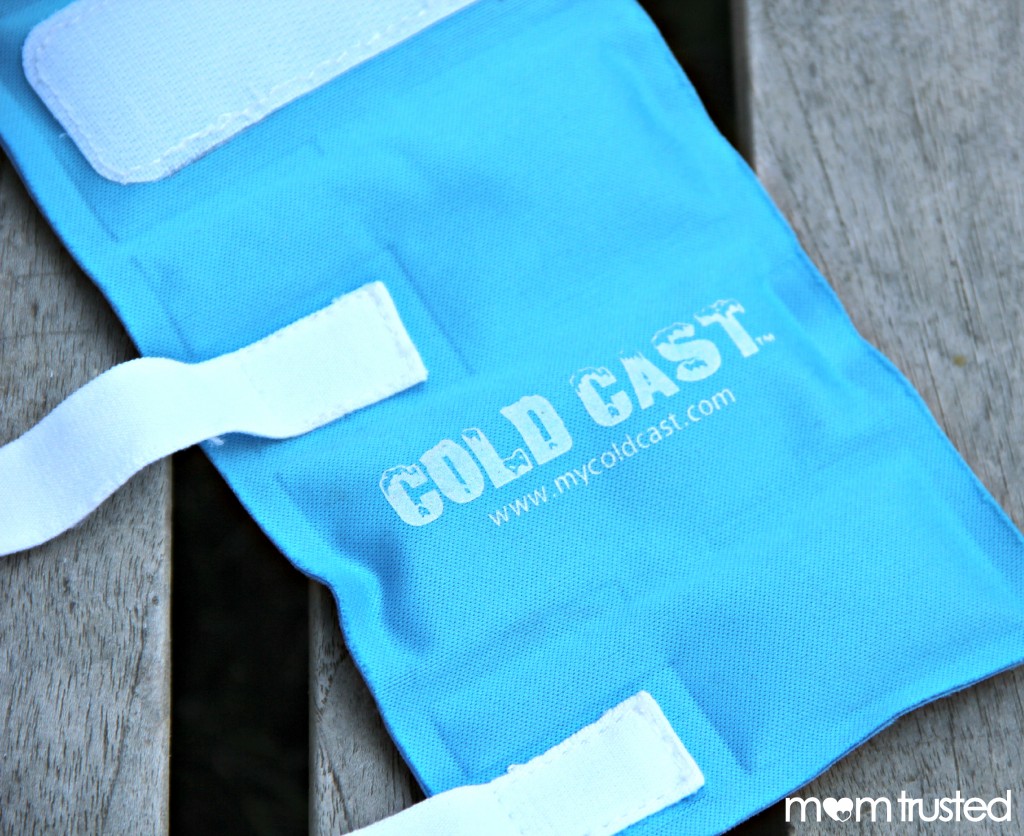
Cold Cast is an ice pack that fits snugly on the injured finger. Children don’t like to sit still long enough to hold an ice pack in place, but the Cold Cast has its own sling so your kids can go on playing while they’re icing. The cast helps treat finger injuries immediately, speeding up the healing process and helping eliminate any complications down the road.
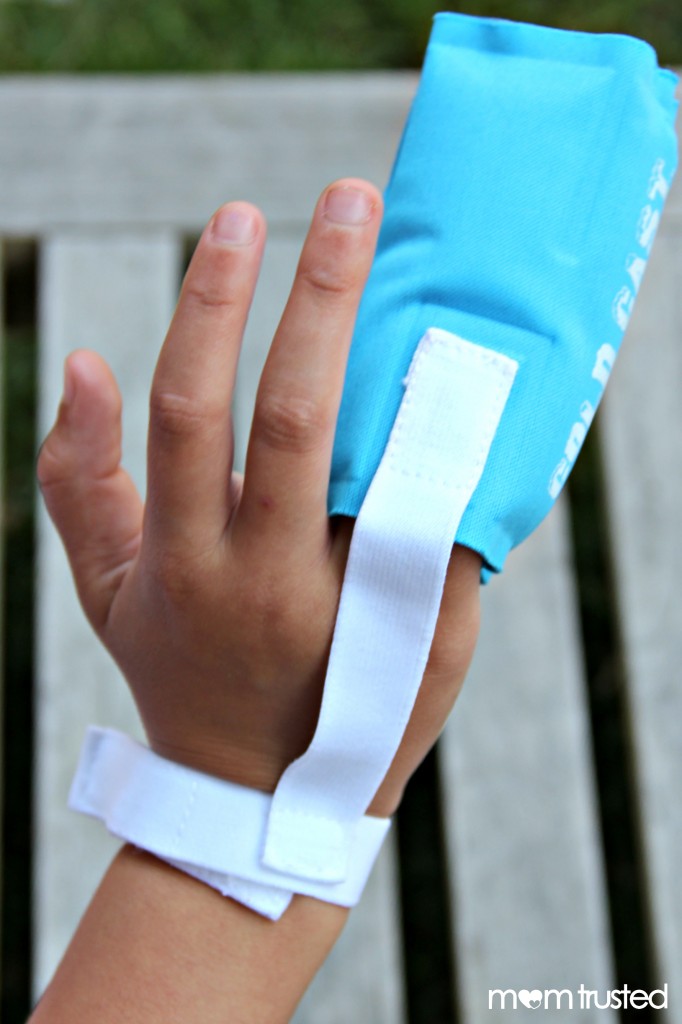
The Cold Cast is safe for kids of all ages. It’s soft and easy to strap into place. Plus, it’s latex-free so as to avoid any allergic reactions.
Injury care is essential to ensuring the fastest healing and avoiding any future problems. Cold Cast provides all five features of P.R.I.C.E., the five main principles of injury care. They include:
- – Protection: Cold Cast cradles tender fingers in a padded cushion.
- – Rest: Wearing the handy product works as a constant reminder to the injured child to let the finger heal.
- – Ice: Cold Cast’s design will allow it to stay cold for 20 minutes, which is the maximum time recommended to ice injuries. Even when frozen, it remains soft and pliable, making it easy for little ones to keep on playing.
- – Compression: The cast can be wrapped around a finger as tightly or as loosely as possible. Wrap it snugly to provide support and compression.
- – Elevation: Cold Cast’s wrist strap will ensure it stays in place even on the busiest kid, letting them carry on with their playtime while they heal!
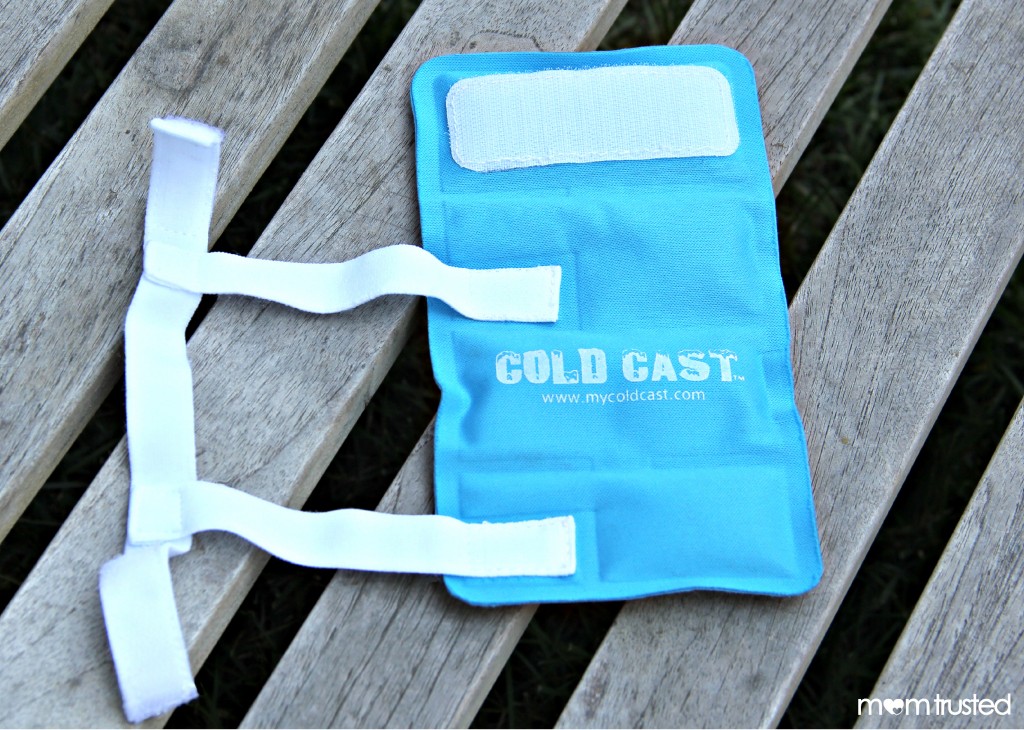
At Mom Trusted, we want to make sure that our care providers stay well prepared so we’re offering our users an exclusive discount:
Click here to ORDER NOW and save 25% off the retail price!
Just enter the discount code before you checkout.
Code: Mom Trusted
Buy one before you need one so that you always have at least one Cold Cast on hand! If you have a few you can get creative when injuries arise.
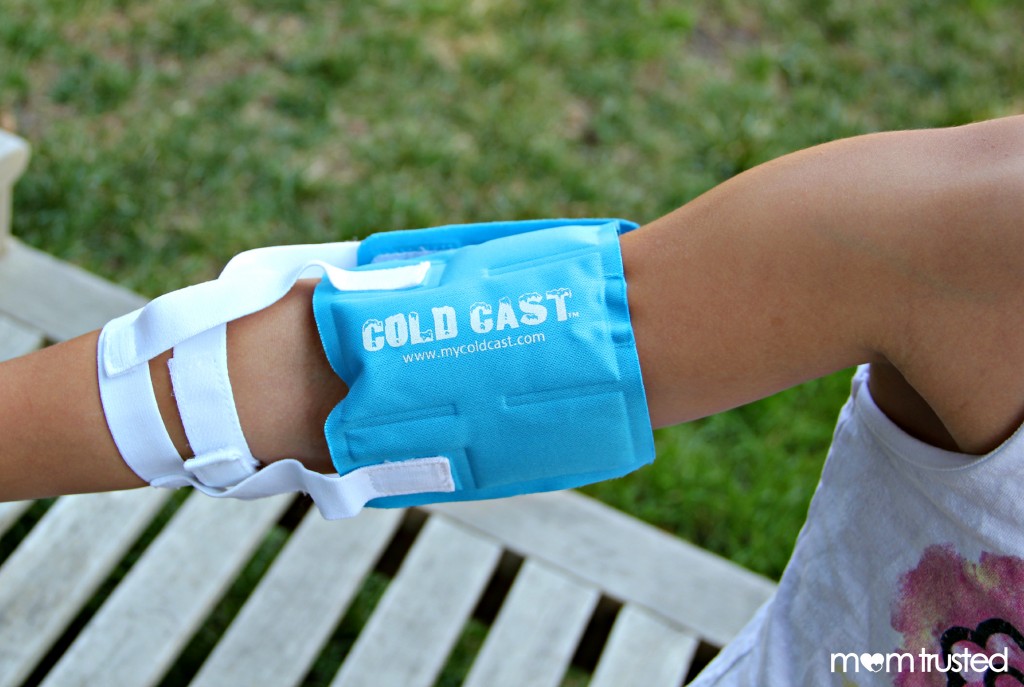
Water Safety 101: Water Safety for Kids
 With sun and summer finally here, what better way to cool off than spending some time in the water? But whether we’re talking about a kiddie pool in your backyard or taking the kiddos in your daycare program to a local lake or waterpark, safety should be (and likely already is) your number one concern. Here are a few tips to making splashing around safer:
With sun and summer finally here, what better way to cool off than spending some time in the water? But whether we’re talking about a kiddie pool in your backyard or taking the kiddos in your daycare program to a local lake or waterpark, safety should be (and likely already is) your number one concern. Here are a few tips to making splashing around safer:
Constant supervision is a must.
Even a shallow pool is enough for a tragic accident. Keep the kids safe by watching them at every moment, even if they’re not actually in the water.
Look for lifeguards.
If you’re after a lake, beach or public pool, head to one with a lifeguard. But remember, just because there’s a lifeguard on duty, doesn’t mean you shouldn’t pay just as close of attention to your children. Think of the lifeguard as an added water safety bonus.
Know who’s most at risk.
Toddlers and teens have the highest drowning rates. Both are exploring their boundaries, but teens may be showing off or messing around without considering the consequences. Toddlers, on the other hand, are also at high risk because they’re exploring new environments and mimicking adult behavior without understanding the dangers involved. Keep an extra careful eye on children from both of these age groups.
Keep the kids hydrated.
Sunshine combined with high-energy activities like swimming means children should be gulping lots of water. Grab a few plastic water bottles or fill up some aluminum ones on your way out the door.
Remember the sunscreen!
Water isn’t the only dangerous part of splashing around outdoors. Strong sunshine can burn little ones’ fair skin. Plus, water amplifies the UV rays, making the risk of sunburn even higher. Invest in some intense (50 SPF +), waterproof sunscreen.
Sources:
-“Water Safety” Kids Health: http://kidshealth.org/parent/firstaid_safe/outdoor/water_safety.html
-“Water Safety: Protecting Children” Safety Turtle: http://www.safetyturtle.com/water-safety/child-water-safety.html
-Photo courtesy of chrisroll/freedigitalphotos.net
Help Kids PLAY Their Way to a Healthier Lifestyle
When kids think eating right, they cringe at brussel sprouts and broccoli, but the Eat to Win game makes learning about a healthy lifestyle fun. Not only does the engaging game help parents and childcare centers teach about the major food groups, but it also stresses the importance of staying active. This gives children the right tools to lead a healthy life for years to come.
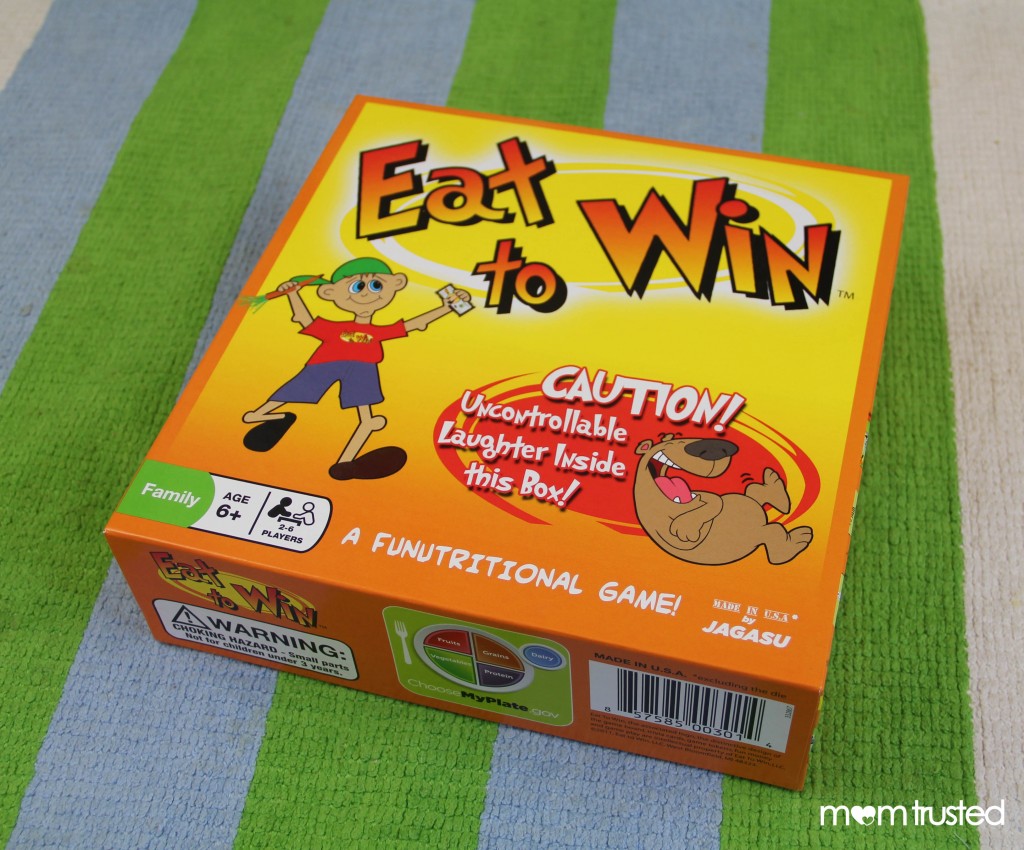
Teaching little ones the importance of eating right and exercising regularly is more important than ever before. Childhood obesity has doubled in the last 30 years, affecting over one third of children in the U.S, according to the Centers for Disease Control and Prevention. But Eat to Win makes teaching these life lessons fun!
Eat to Win was created by a concerned mom whose own child struggled with weight issues. The games were made to encourage nutrition and exercise for kids of all ages.
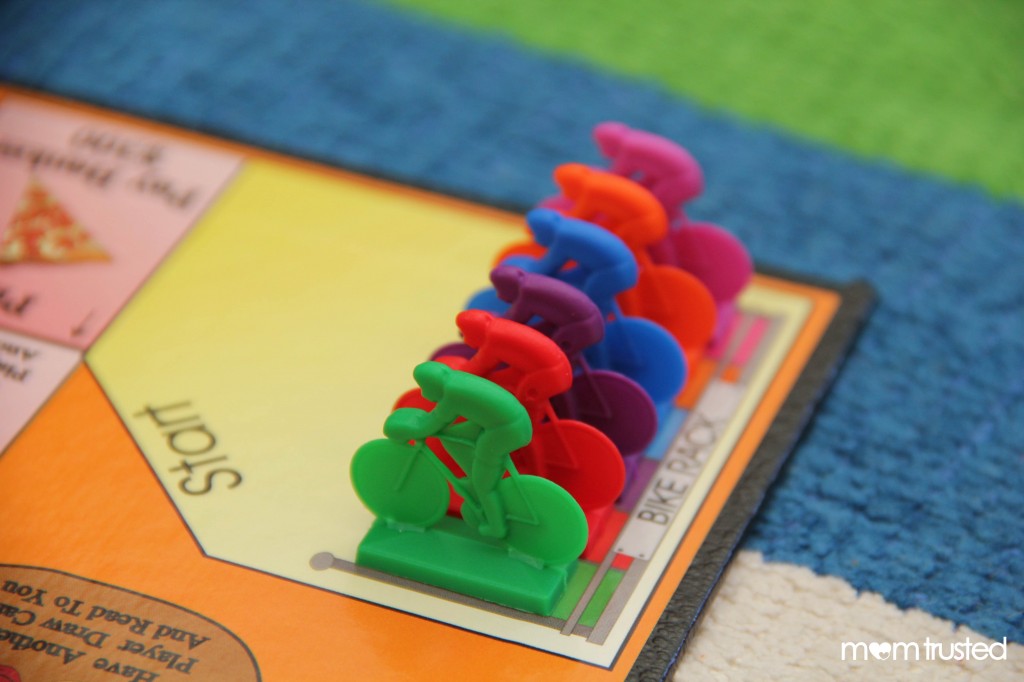
They’re also a ton of fun! Daycare director Chris Bicknell was shocked to find how the games captured her children’s attention. “I was able to keep 18 children all under the age of four’s attention while using the Eat to Win Flashcards,” said Bicknell. “Our center absolutely LOVES these products!”
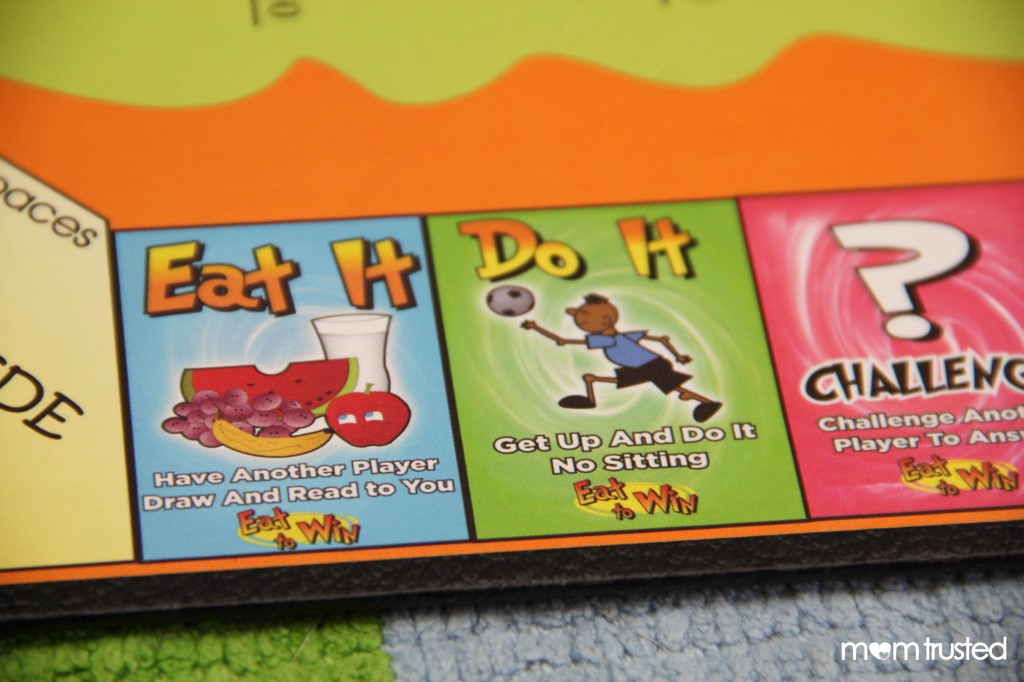
At Mom Trusted, we want to get behind the health train so we’re offering our care and education providers a special deal:
Order now and save 20% on your Eat to Win games!
Just enter the discount code before you checkout.
Code: MomTrusted
Mommy Math: Kids and ADHD
ADHD has been receiving more and more attention in the media as diagnosis numbers continue to rise. This disorder affects children more than adults by nearly eight times and boys are two times more likely to be diagnosed with ADHD than girls. In our most recent Mommy Math, we dug into the math surrounding the disorder:
5 Reasons to Avoid Buying Live Animals for Easter
Even though baby bunnies, chicks and ducklings are cute and cuddly, here are the top five reasons why you should avoid buying living animals for Easter:
5. They may carry germs or diseases. You don’t want to stuff them in a basket with a bunch of food.
4. Do you really want to clean up all of that poop? Seriously. Chickens and ducks aren’t indoor pets and, while rabbits can be trained, at the end of the day you know that the new pets will be your new responsibility.
3. Baby animals are delicate. They may be scared by a bunch of kids constantly touching them. Plus, they’re so tiny and sometimes little ones get excited and forget to be gentle with their new fluffy friends.
2. What about all of those supplies? You can’t buy just the animal. You need the food, the water dish, the cage and the vet visits. Just like a dog or a cat, pet bills add up quickly.
1. They will grow up. It’s unfair to adopt animals for a special holiday because they’re cute and cuddly. Eventually they’ll grow up and then what? Do you really want a chicken running around your house?
Bottom line: Stick to goodies and projects this Easter!
Sources:
-“CDC Warns Against Live Chicks, Duckling, Bunnies for Easter” Yahoo! Voices
-“Live chicks and ducklings bad idea for Easter” Examiner
-Photo courtesy of dan/freedigitalphotos.net


